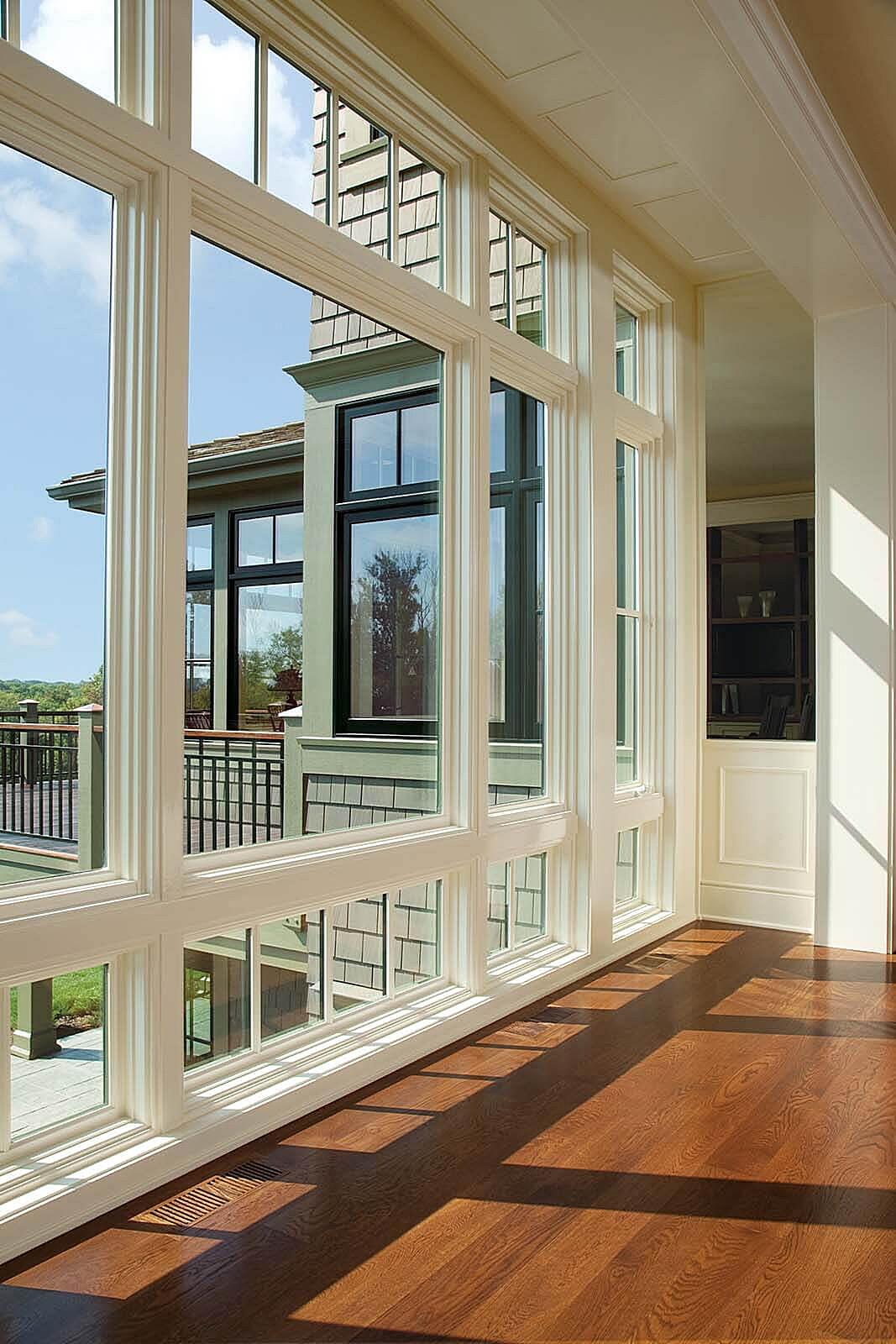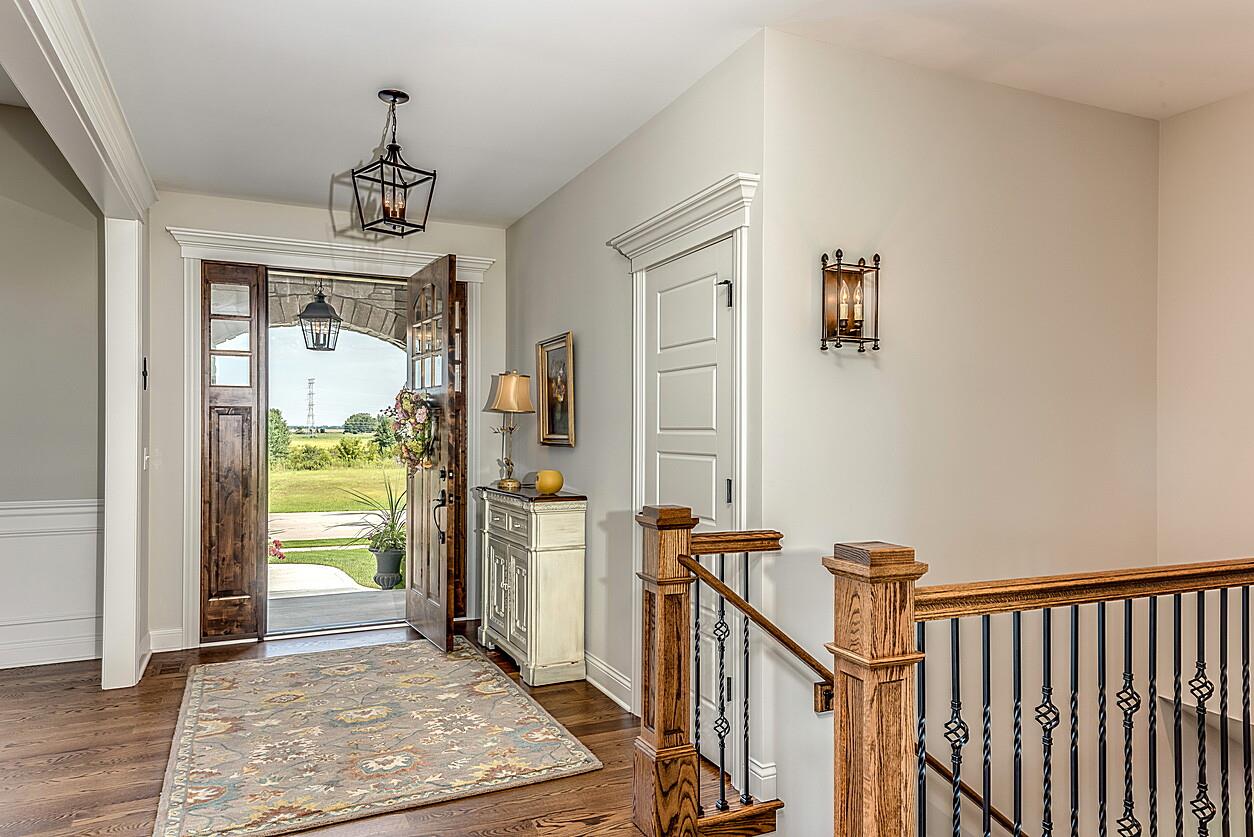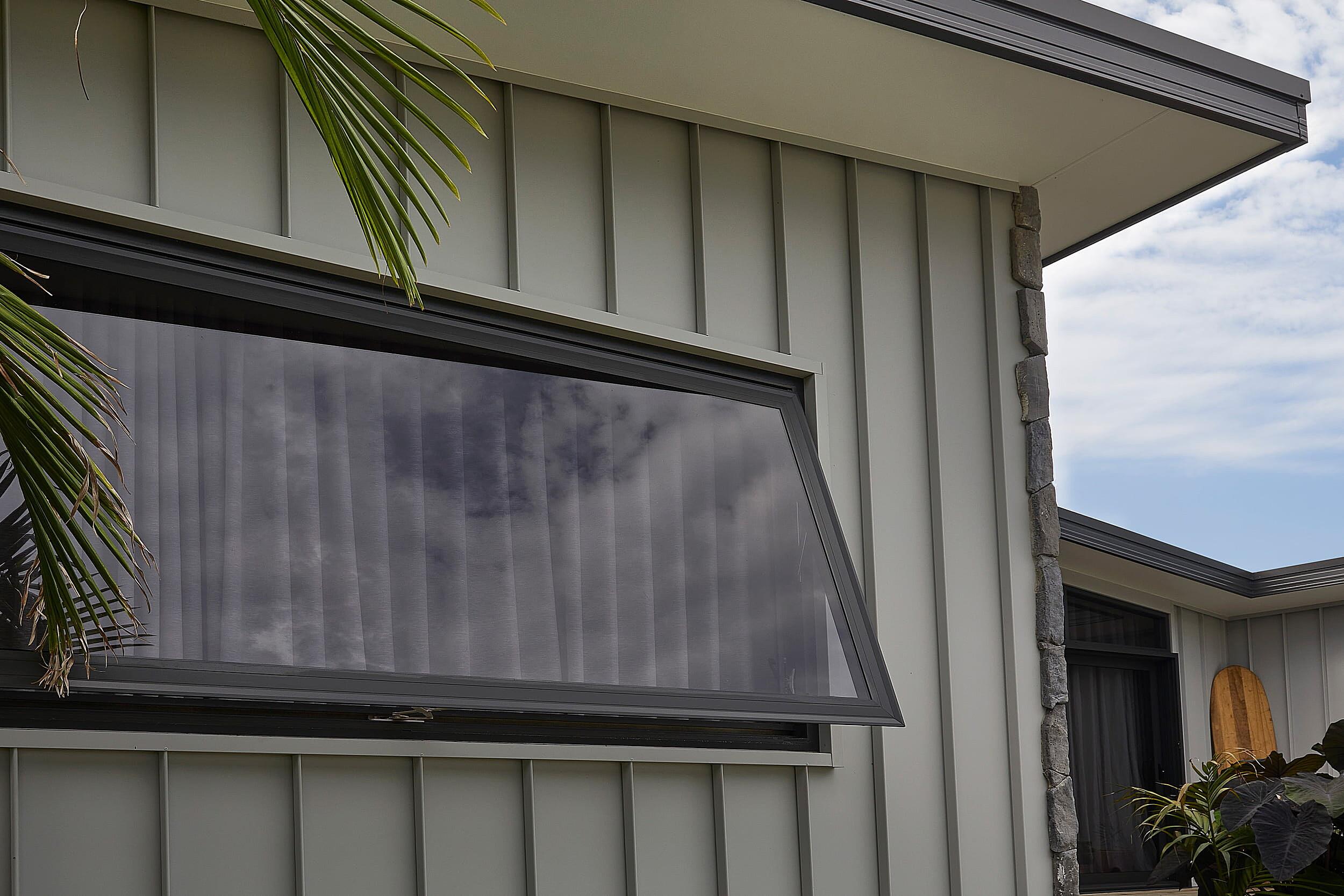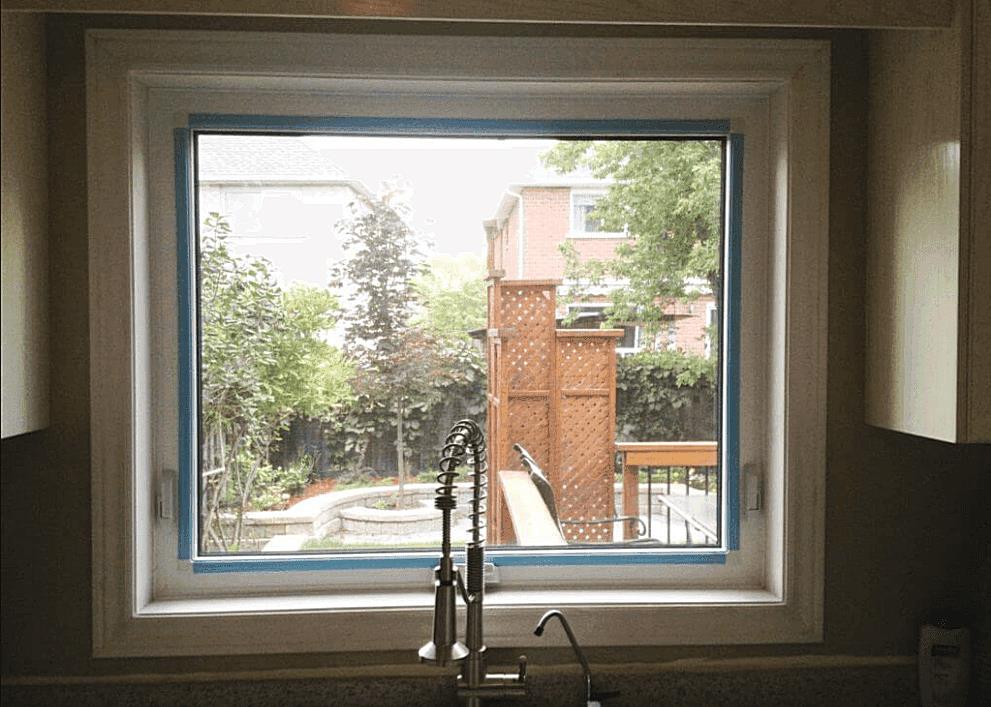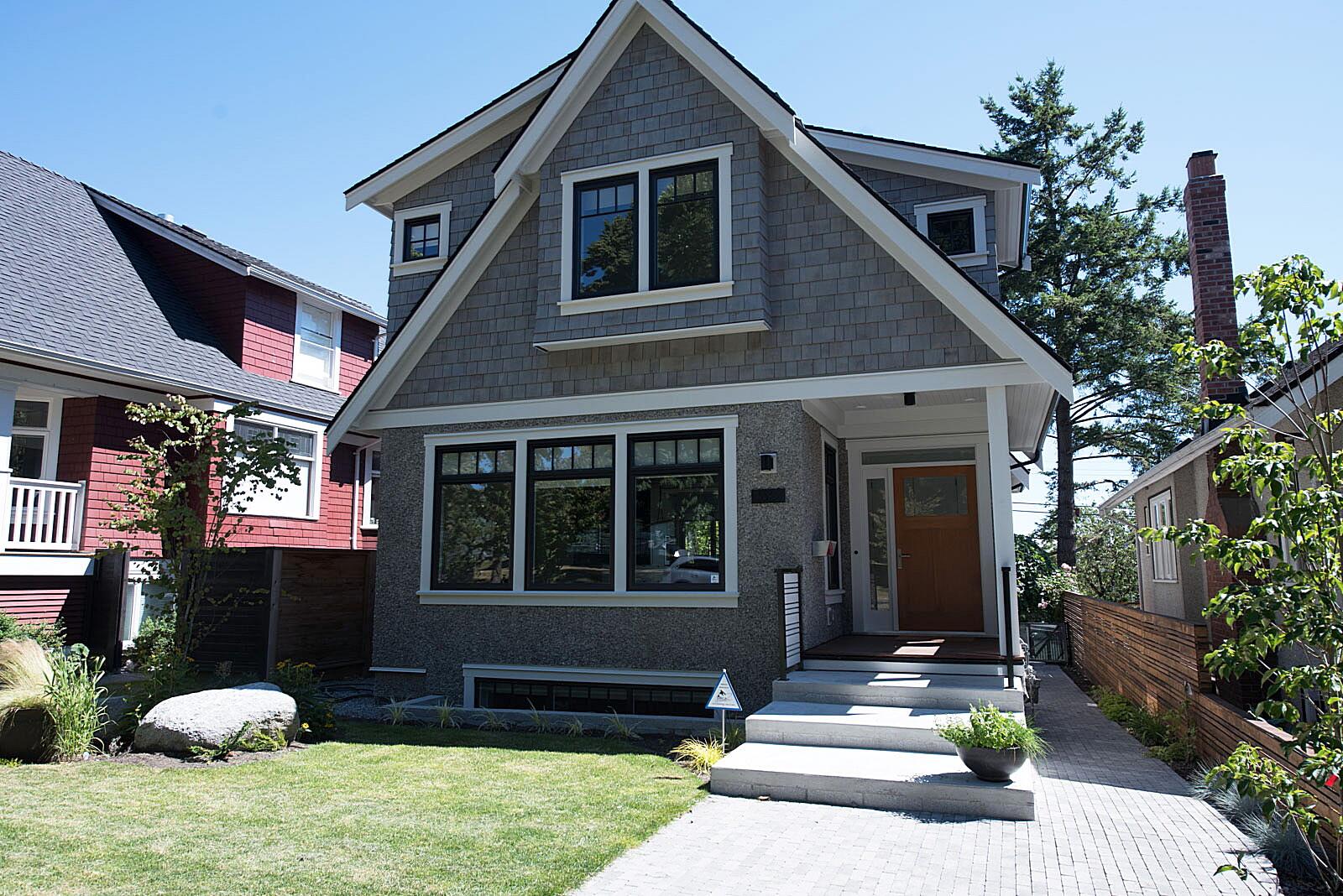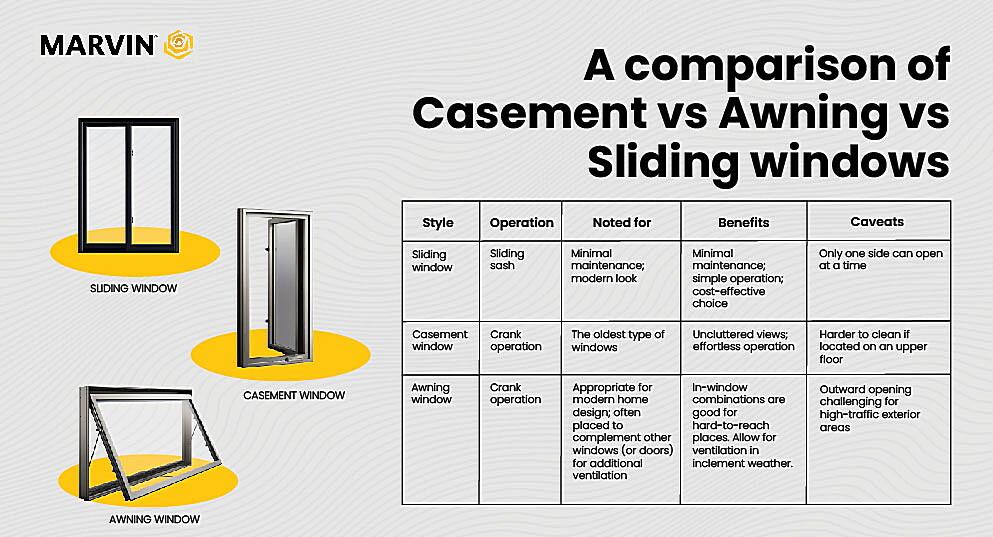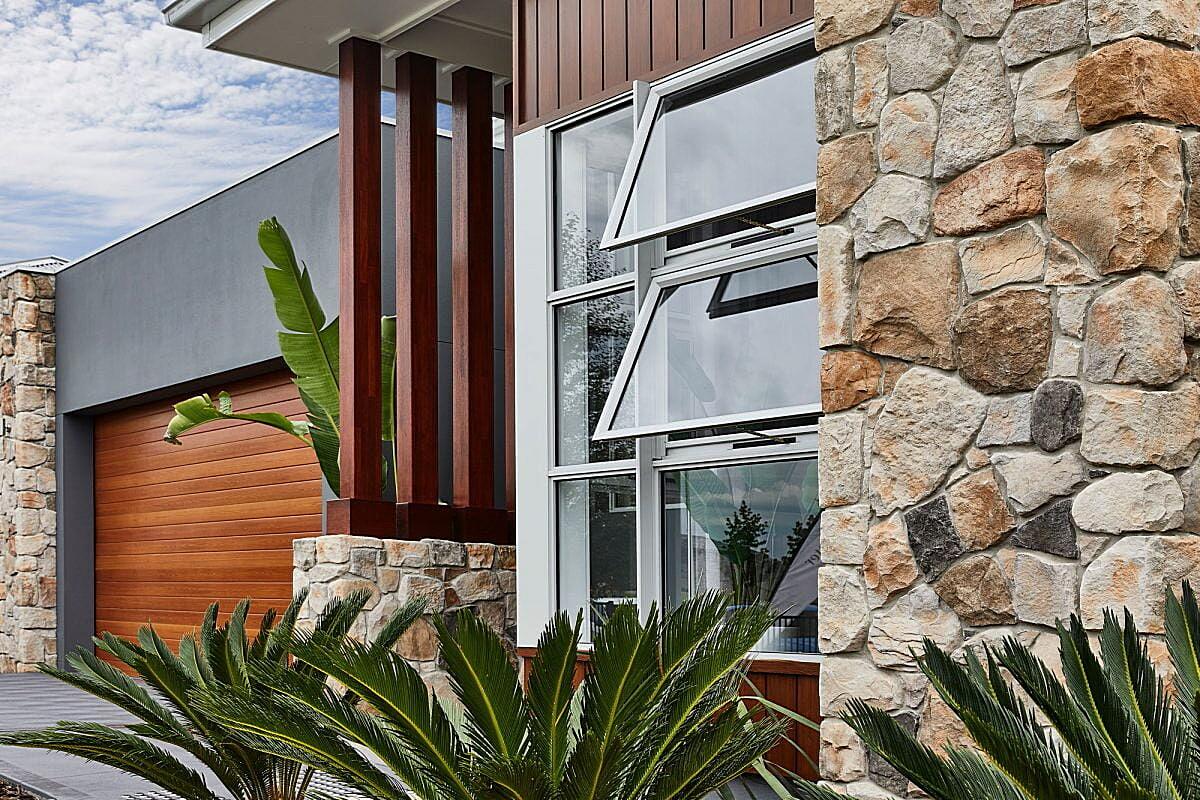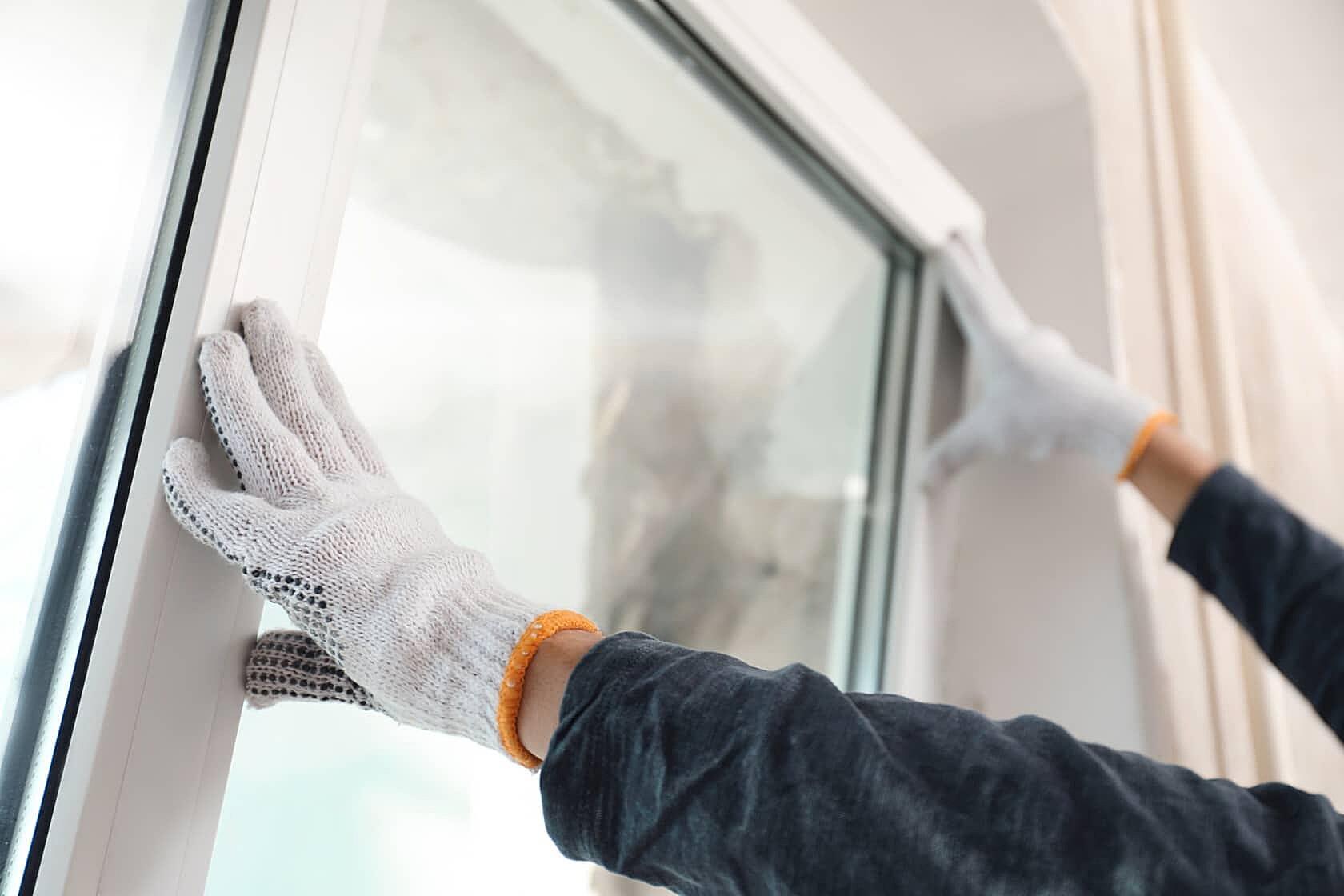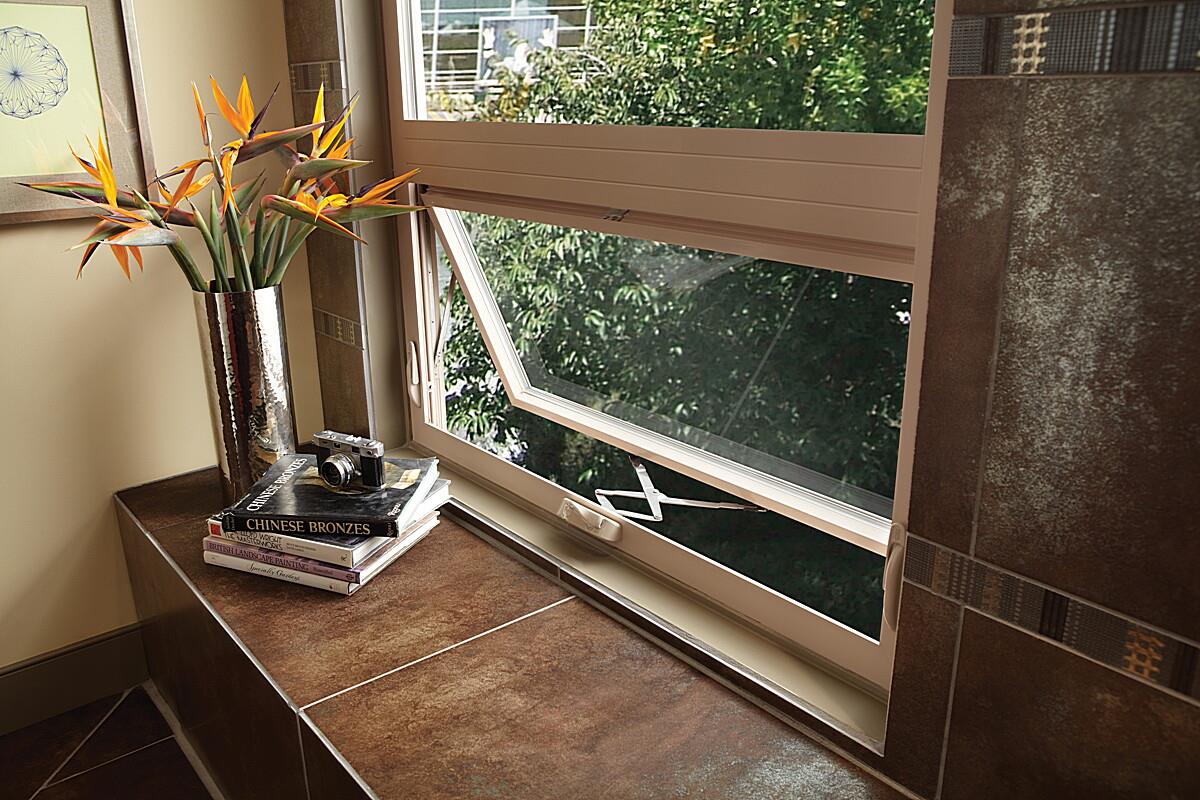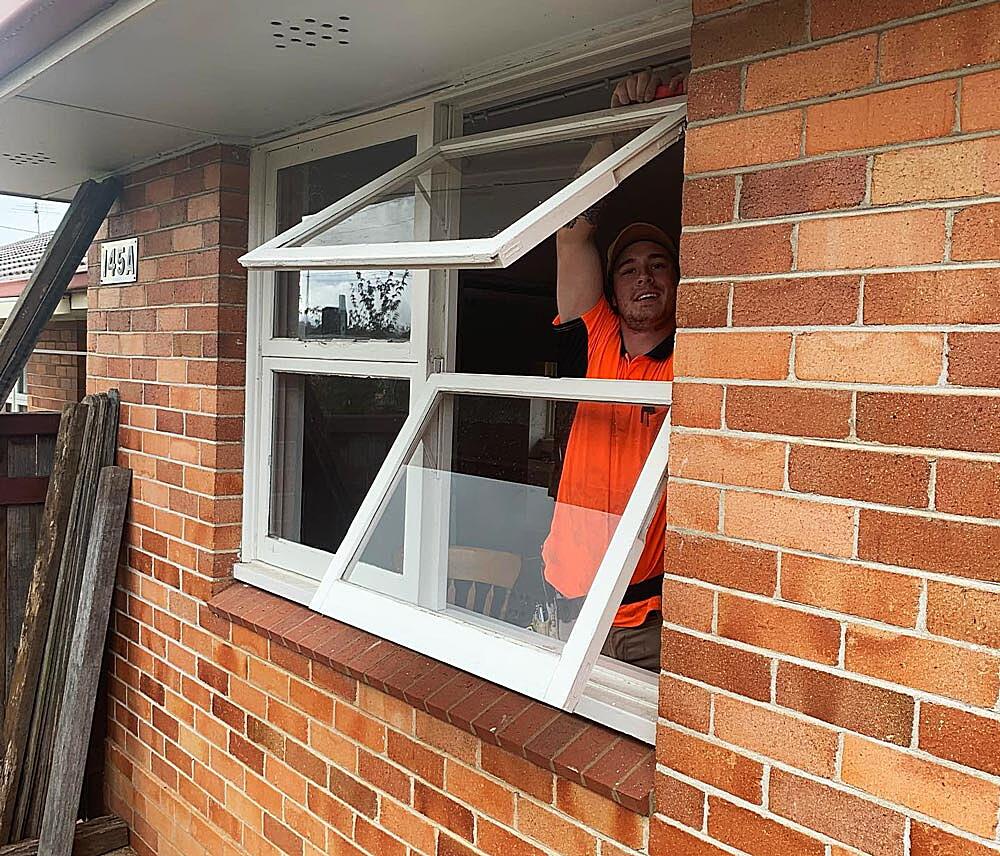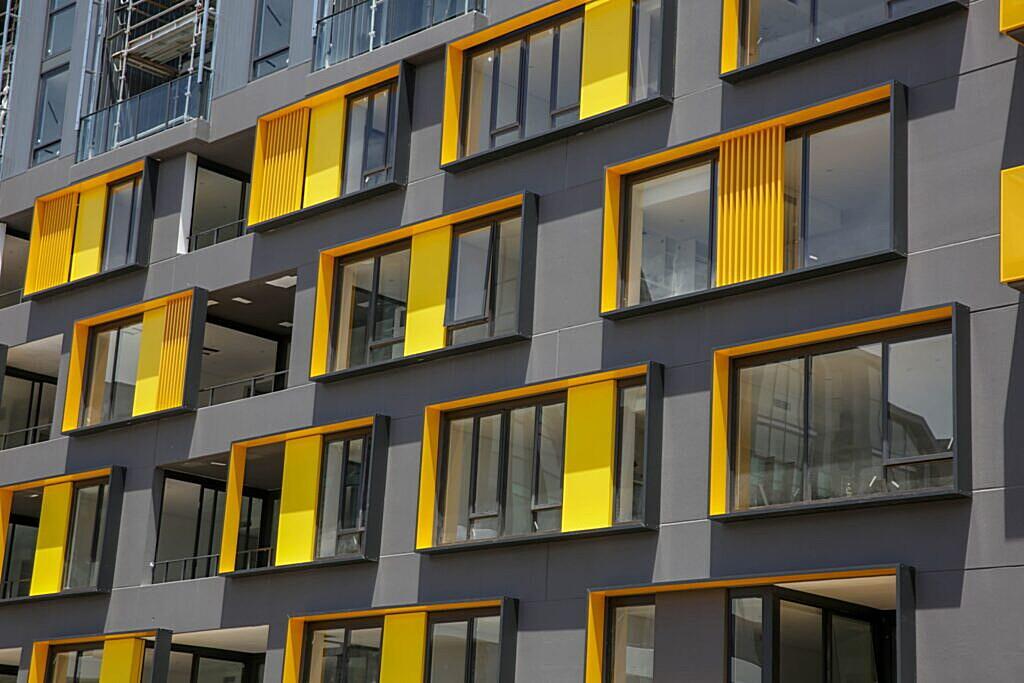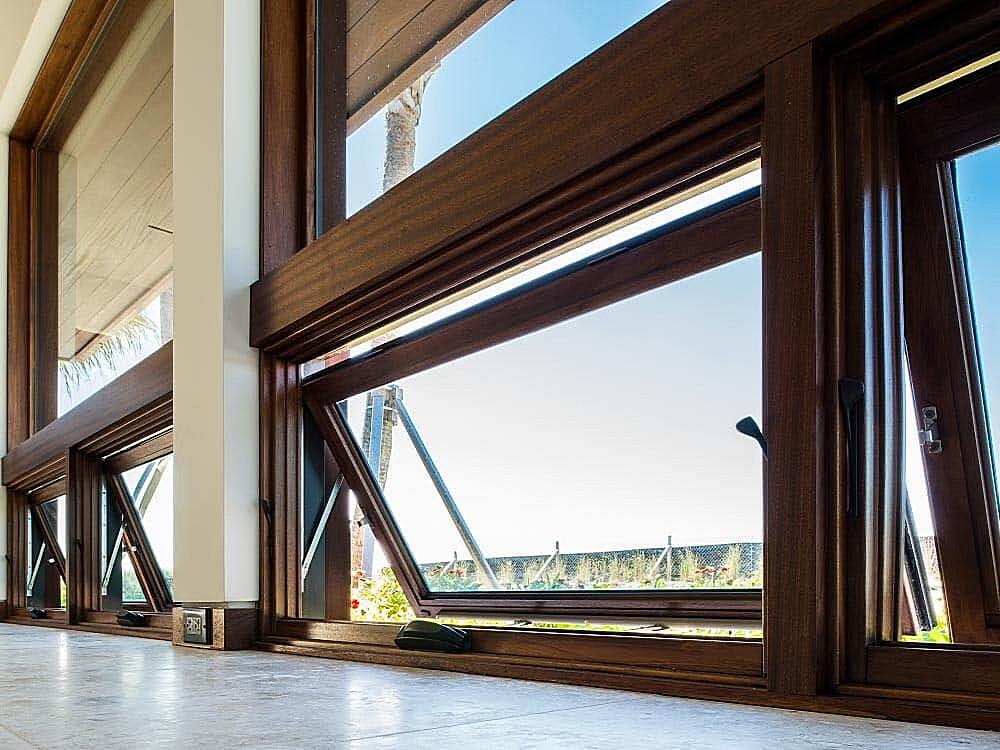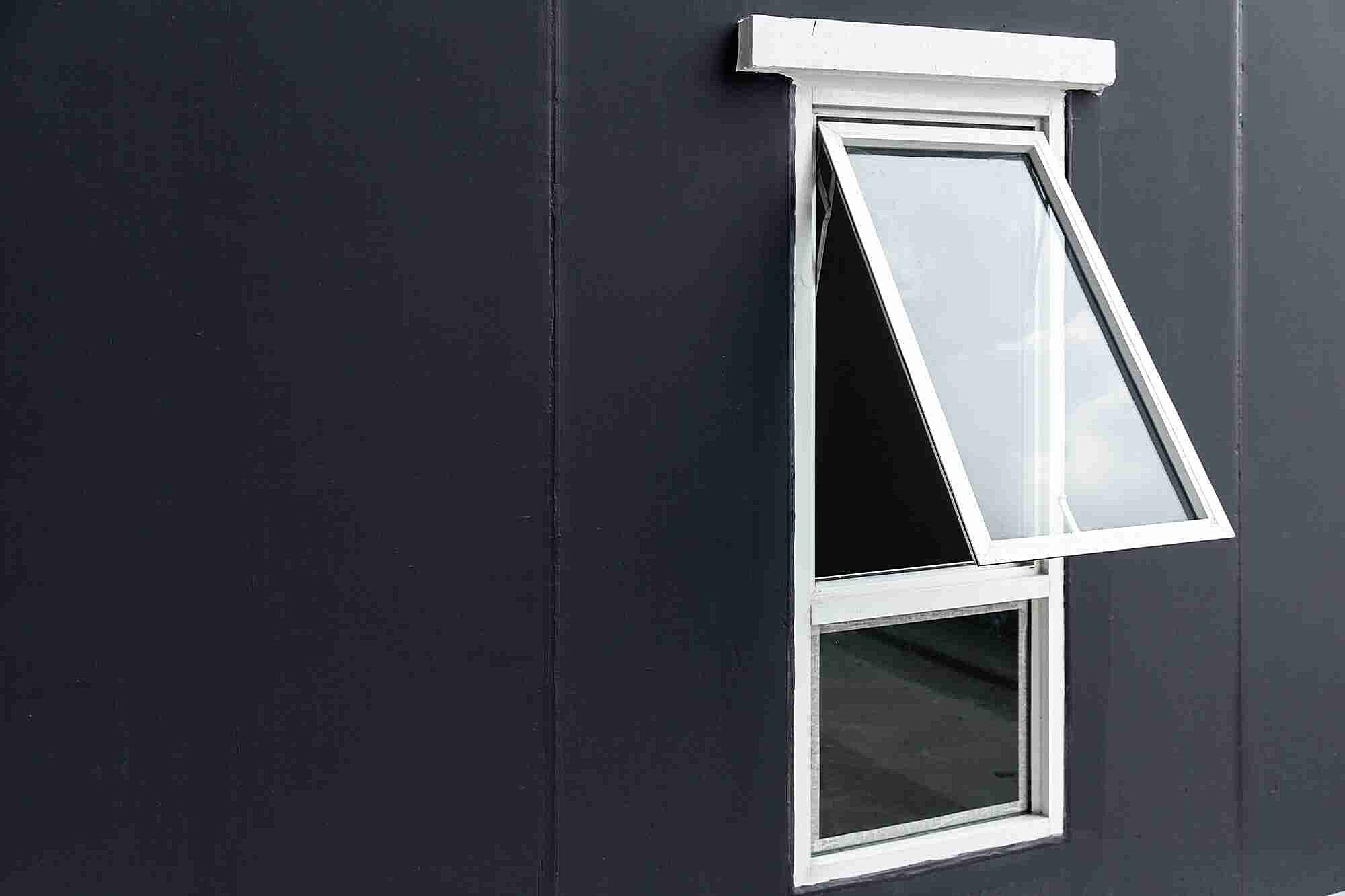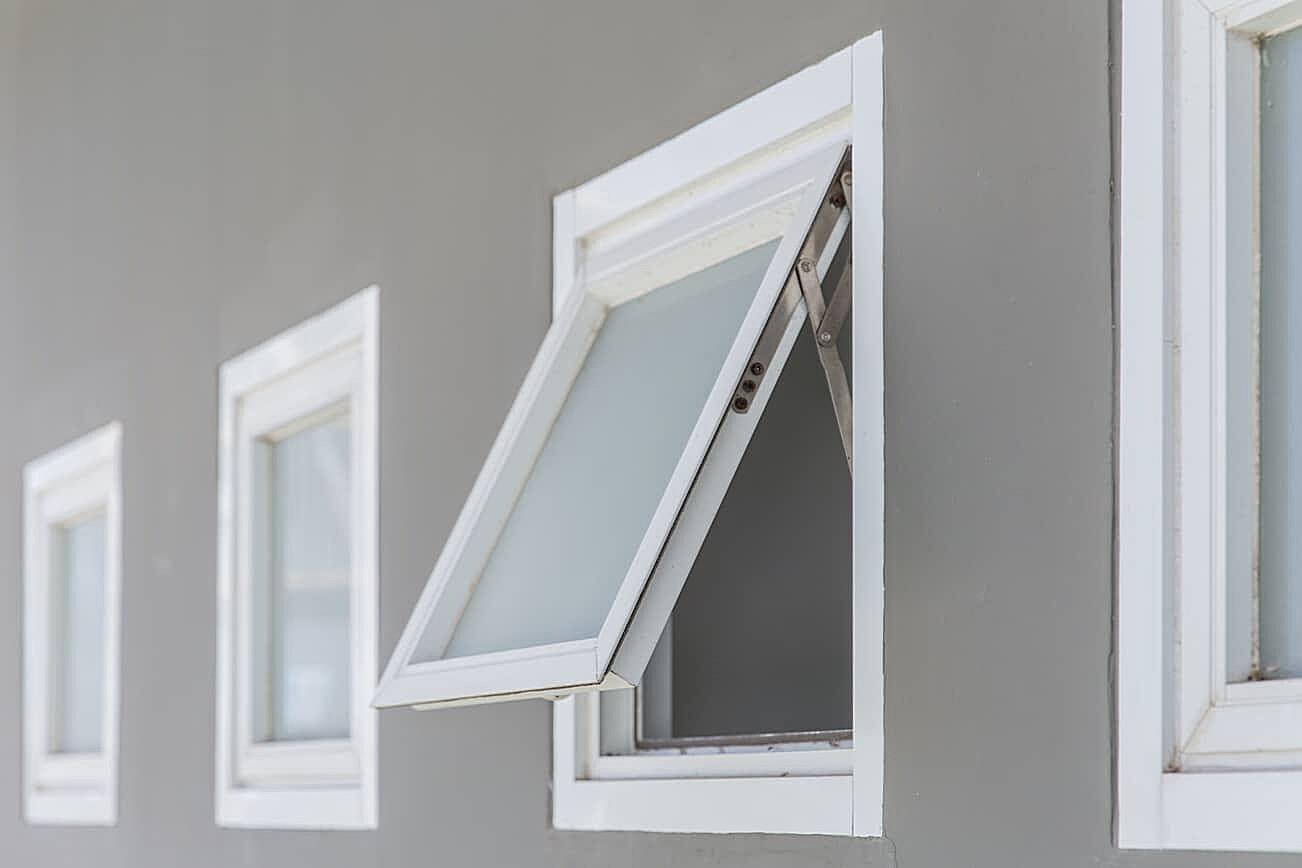You May Also Like :
Awning Windows
1. The Lowdown on Awning Window Ventilation
So, you’re pondering awning windows, huh? Maybe you’re building a new home, renovating, or just plain tired of your current windows. The burning question: Are awning windows good for ventilation? Well, let’s dive in and get to the bottom of this. No need to feel like you’re staring through a foggy window of confusion! I’m here to shed some light (pun intended!).
Awning windows, with their hinge at the top and outward swing, certainly look like they’d offer decent airflow. But is that just a pretty face, or do they actually deliver? In short, they absolutely can be excellent for ventilation, but there are a few nuances to consider, which we’ll explore.
Think of it this way: imagine you’re wearing a baseball cap in a light rain. The bill of the cap keeps the rain off your face, right? Awning windows work on a similar principle. They can be opened even when it’s drizzling outside, allowing fresh air in without letting the rain soak your indoor spaces. That’s a huge plus in areas with unpredictable weather!
However, it’s not quite as simple as just slapping in an awning window and calling it a day. Factors like window size, placement, and the overall layout of your home can all affect how efficiently these windows ventilate your living spaces. So, let’s dig into those details next!
How Awning Windows Stack Up Against the Competition
2. Awning vs. Casement, Double-Hung, and More
Okay, so we know awning windows can provide ventilation. But how do they compare to other window styles? This is where things get interesting! Let’s break it down.
Compared to casement windows (which swing open like a door), awning windows often offer slightly less unobstructed airflow, simply because their opening isn’t quite as large. However, awning windows win hands-down when it comes to rainy weather ventilation. Casement windows will leave you vulnerable to getting water inside.
Then there’s the trusty double-hung window. These guys can be opened from the top or bottom, allowing for some ventilation flexibility. However, they’re not ideal in rain, and the amount of airflow they provide isn’t always as consistent or directed as what you’d get with an awning window. Picture a stuffy room needing a quick refresh — awning windows can be perfect!
Sliding windows? Well, theyre great for wide openings, but not always ideal for catching breezes. The benefit of awning windows is that they project outward, catching even light breezes. Plus, think about security! Awning windows can be left slightly ajar without being easily accessible to potential intruders.
The Nitty-Gritty
3. Size, Placement, and the Power of Stack Ventilation
Alright, time to get a little technical (but I promise to keep it painless!). Even the best awning window won’t perform miracles if it’s not properly sized or placed. So, let’s talk about the key factors influencing ventilation.
First up: size matters! A tiny awning window in a large room isn’t going to make much of a difference. Ideally, you want a window that’s appropriately sized for the room it’s in. Consider the square footage of the space and consult with a window professional to determine the right dimensions.
Placement is equally crucial. Ideally, you want to position awning windows to take advantage of prevailing winds. Think about where the wind typically comes from in your area and position the windows accordingly. Also, consider the height of the window. Higher windows can often catch more breezes than those closer to the ground.
Then there’s the concept of “stack ventilation.” This involves using a combination of low and high windows to create natural airflow. Warm air rises, so placing a high awning window can allow that warm air to escape, while a lower window (perhaps another awning window or a different style) allows cooler air to enter. It’s like a natural air conditioning system!
One more thing to remember: landscaping can also play a role. Overgrown bushes or trees can block airflow to your windows. Make sure to keep the area around your windows clear to maximize ventilation efficiency.
The Benefits Beyond Ventilation
4. Security, Energy Efficiency, and Aesthetic Appeal
So, awning windows are good for ventilation, thats a big check. But what else do they bring to the table? Glad you asked! There’s more to these windows than just fresh air.
Let’s talk security. As mentioned earlier, awning windows can be left slightly open without posing a significant security risk. The small opening and outward swing make it difficult for intruders to gain access. This is a definite advantage over some other window styles.
Energy efficiency is another important consideration. Modern awning windows are available with features like insulated glass, low-E coatings, and airtight seals. These features help to minimize heat transfer, keeping your home warmer in the winter and cooler in the summer. This can translate to significant savings on your energy bills. Cha-ching!
And let’s not forget about aesthetics! Awning windows can add a unique architectural element to your home. Their clean lines and understated design can complement a variety of styles, from modern to traditional. Plus, they let in plenty of natural light, creating a bright and airy atmosphere.
Beyond their function, the ease of cleaning from inside is a huge draw for many. No need to climb ladders or risk life and limb to keep them sparkling!
Potential Downsides and Considerations
5. Obstructions, Operation, and Overall Cost
6. Awning Window Realities
No product is perfect, and awning windows are no exception. Let’s be realistic — there are a few potential drawbacks to consider before you jump on the awning window bandwagon.
One common concern is obstructions. Because awning windows swing outward, they can potentially interfere with walkways, patios, or landscaping. Make sure you have enough clearance around the window to allow for easy operation without bumping into things. Imagine hitting your head on one every time you went to tend your garden! Not fun.
Another consideration is the operating mechanism. Some older awning windows can be a bit difficult to open and close, especially for individuals with limited mobility. However, modern awning windows typically feature smooth and easy-to-use hardware. Test out the operating mechanism before you make a purchase to ensure it’s a good fit for you.
Of course, cost is always a factor. Awning windows can sometimes be slightly more expensive than other window styles, particularly if you opt for high-end features like custom sizes or specialty glass. Get quotes from multiple vendors and weigh the cost against the benefits to make an informed decision. Think of it as an investment in your home’s comfort, security, and energy efficiency.
Finally, remember that while they are good at catching the breeze, they might not be ideal for extremely hot climates where you are just trying to block out the sun all day.

